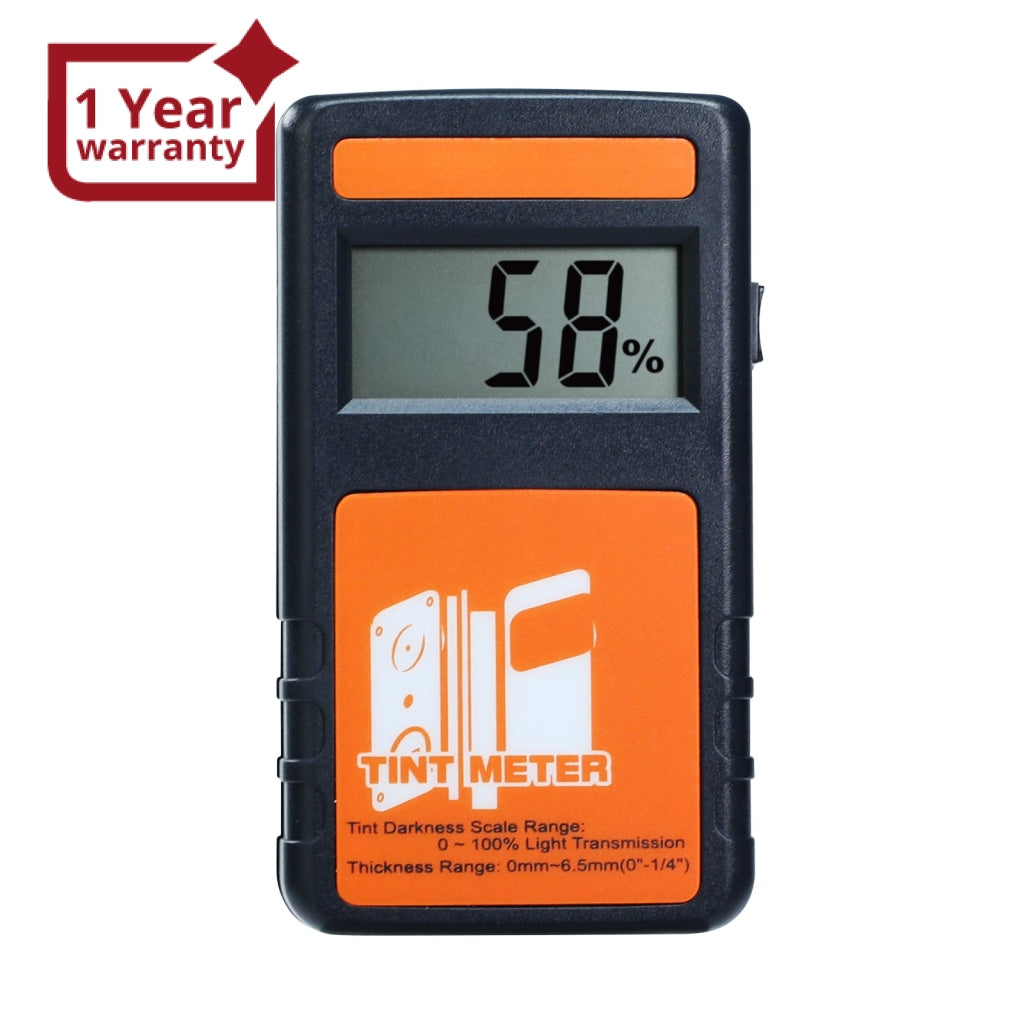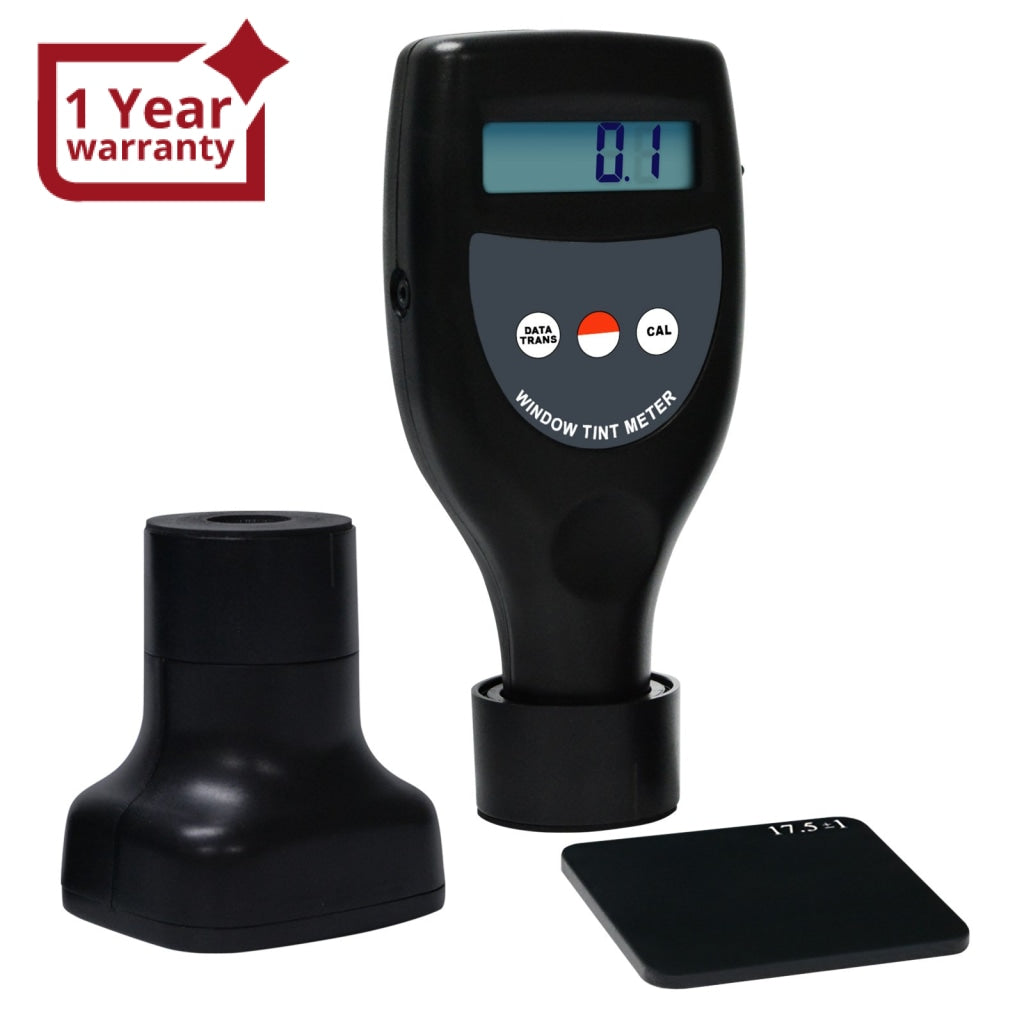
Shedding Light on Window Tint Meters: A Comprehensive Guide
Window tinting has become a popular choice for many vehicle owners and homeowners alike. It not only enhances privacy but also provides protection against harmful UV rays and reduces glare. However, regulations surrounding window tinting vary by location, and it's important to ensure compliance with local laws. This is where window tint meters come into play. In this blog, we'll delve into the world of window tint meters and their significance.
Understanding Window Tint Meters
A window tint meter, also known as a tint checker or tint meter, is a specialized device designed to measure the darkness of window tints. It works by emitting a light through the window, which is then received by a sensor on the other side. The meter calculates the percentage of light that passes through the window, providing an accurate reading of the tint's darkness.
Why are Window Tint Meters Important?
- Regulatory Compliance: Different jurisdictions have specific regulations regarding the allowable darkness of window tints. Using a tint meter ensures that your vehicle or property complies with local laws, preventing potential fines or legal issues.
- Safety Concerns: Overly dark tints can impair visibility, especially at night or in adverse weather conditions. Using a tint meter helps maintain a safe level of visibility both inside and outside the vehicle.
- UV Protection: The darkness of a window tint directly affects its ability to block harmful UV rays. By accurately measuring tint darkness, you can ensure that you are receiving the intended level of protection.
- Consistent Application: For professionals in the automotive or architectural tinting industry, tint meters are indispensable tools for ensuring consistent and high-quality installations.
How to Use a Window Tint Meter
- Calibration: Before use, it's crucial to calibrate the tint meter according to the manufacturer's instructions. Calibration ensures accurate readings.
- Positioning: Place the tint meter flush against the window in question, ensuring there are no gaps for light to leak through.
- Taking the Reading: Activate the tint meter and wait for it to emit a light. Once the reading stabilizes, the device will display the percentage of light transmission.
- Record Keeping: Keep a record of the readings for future reference or for compliance documentation.
Window tint meters play a pivotal role in ensuring that window tints meet legal requirements, enhance safety, and provide the desired level of UV protection. Whether you're a vehicle owner or a professional in the tinting industry, investing in a reliable tint meter is a wise decision.
Remember, compliance with local regulations not only prevents legal troubles but also contributes to a safer and more comfortable driving or living environment. So, next time you consider window tinting, make sure to use a window tint meter to get it just right!
Check out new models below, or browse our other models here.


